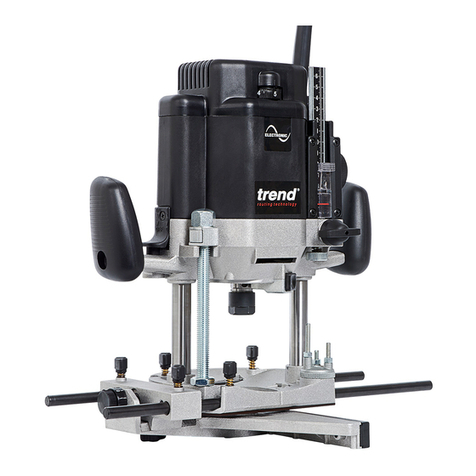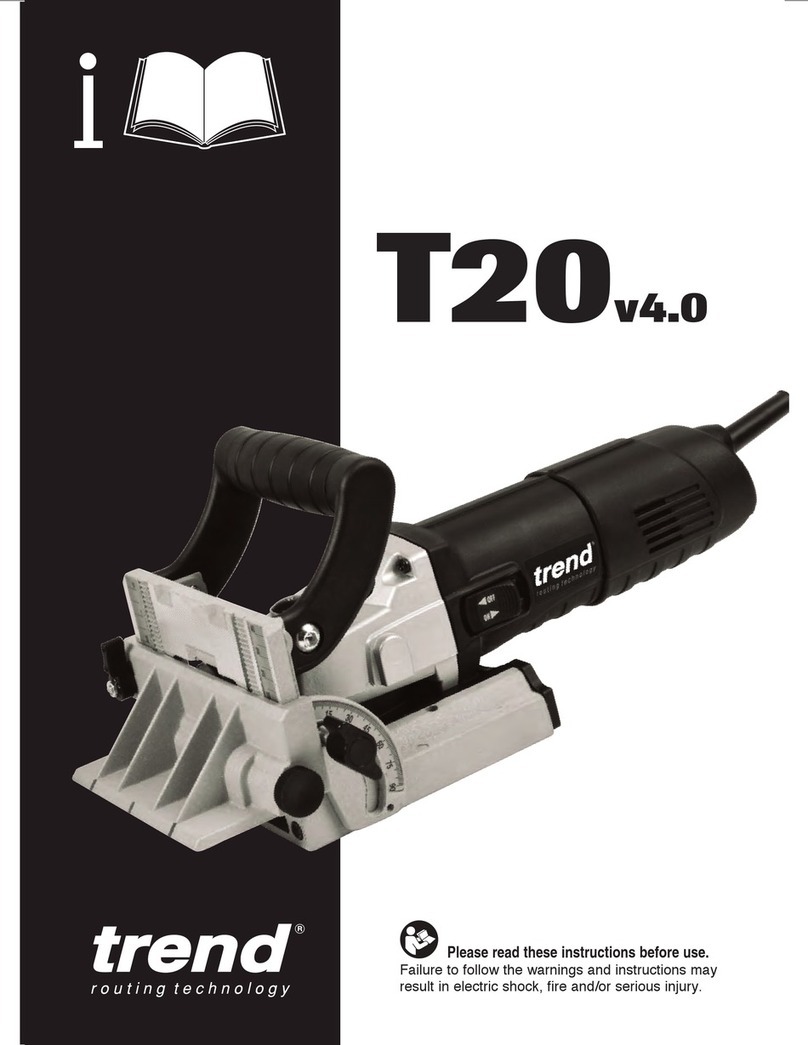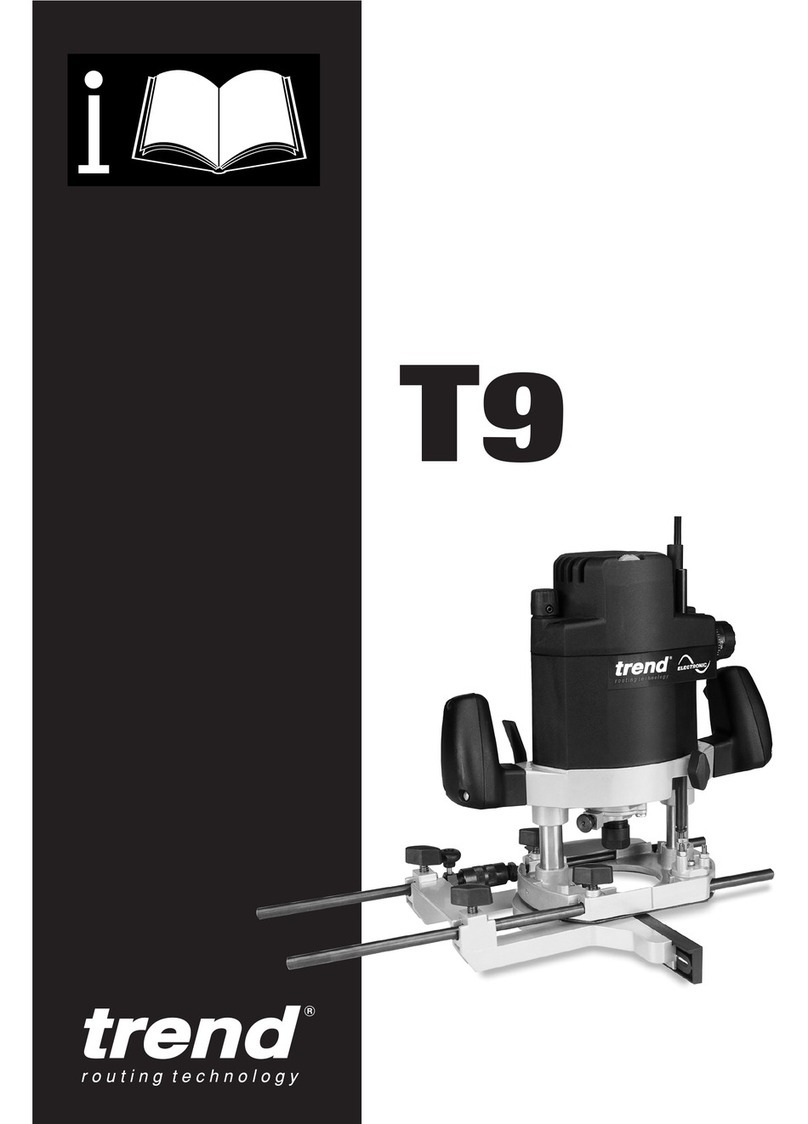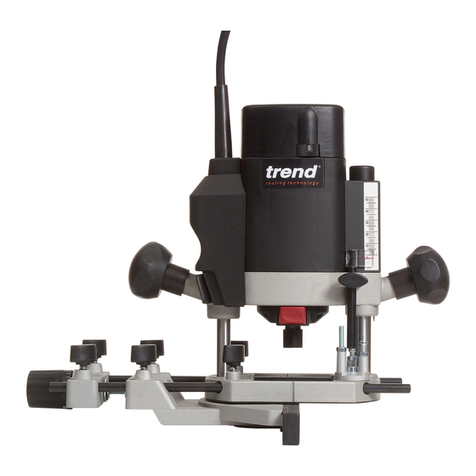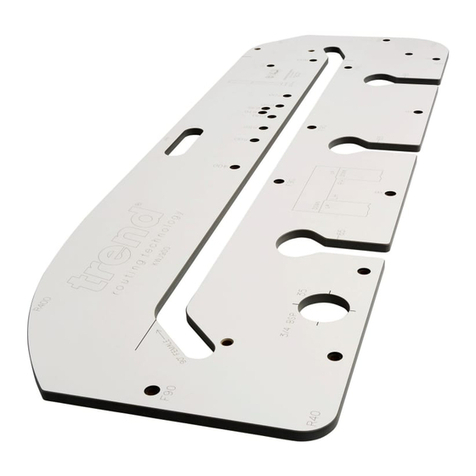TREND T1 User manual
Other TREND Power Tools manuals

TREND
TREND pmn User manual
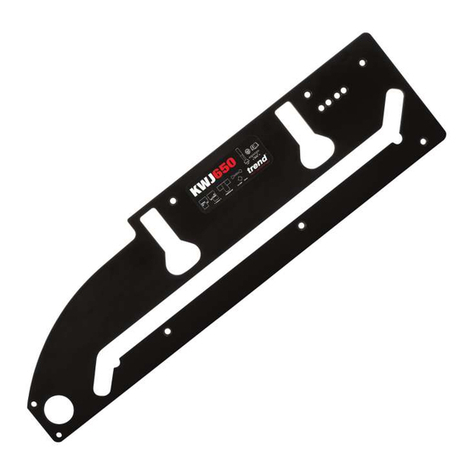
TREND
TREND T-Tech TT/KWJ650 User manual

TREND
TREND T10 User manual

TREND
TREND T3-USA Reference manual
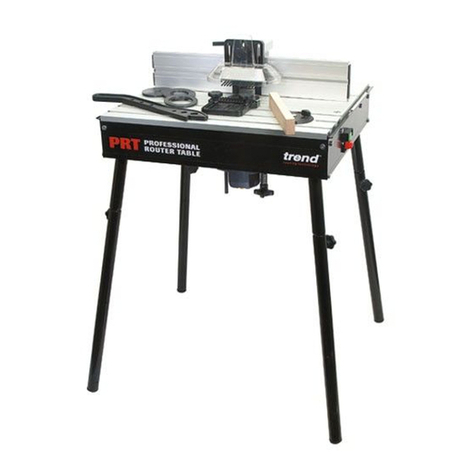
TREND
TREND PRT User manual
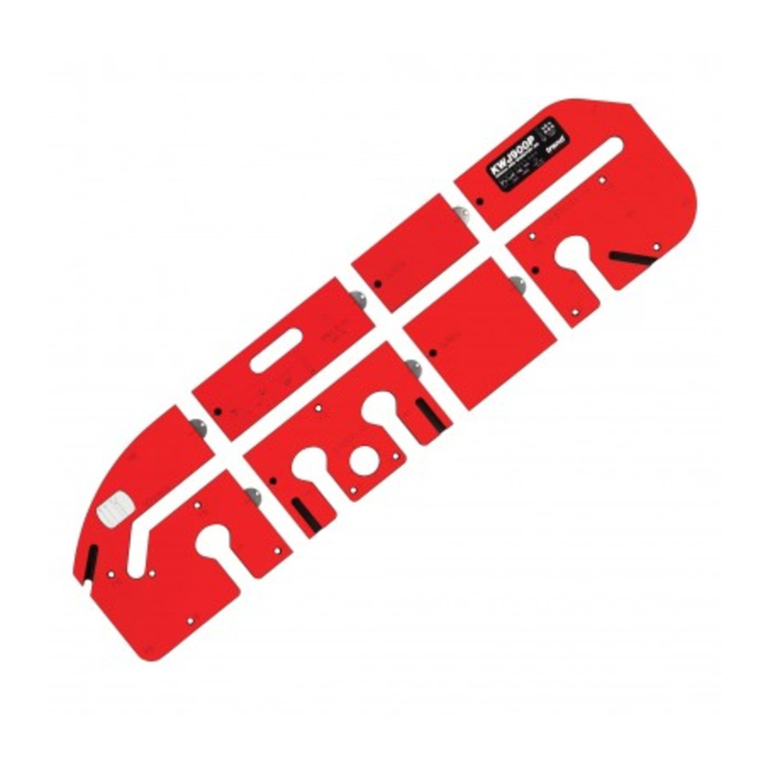
TREND
TREND KWJ900P User manual
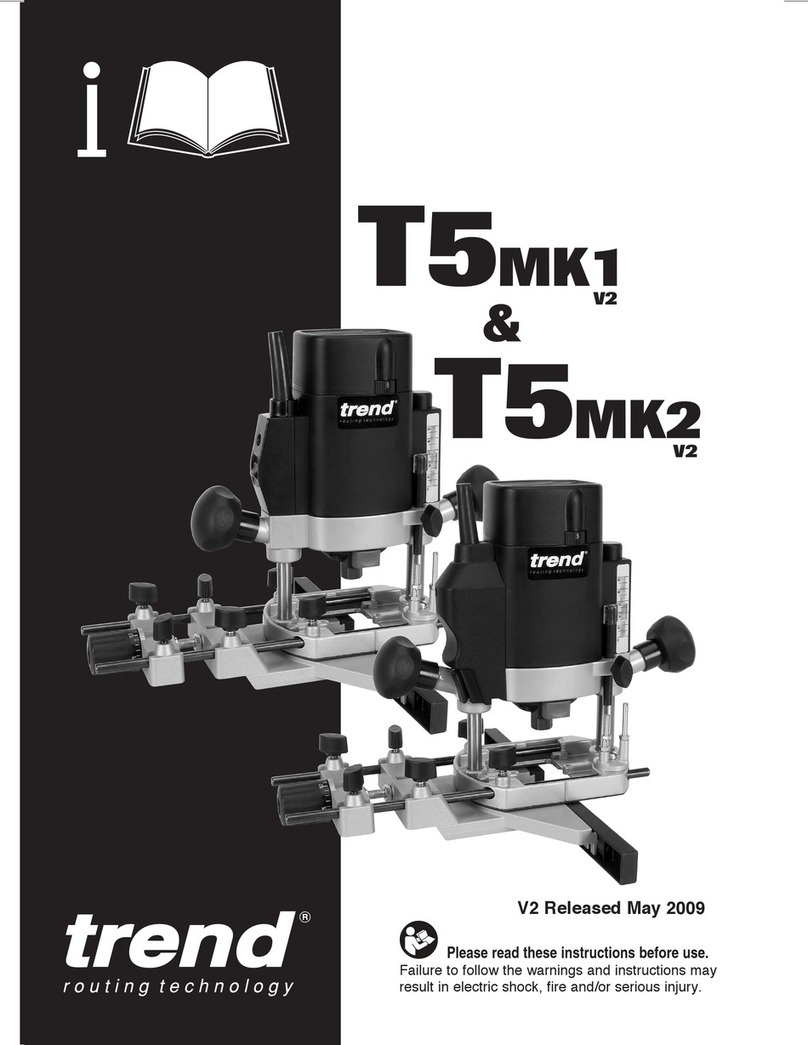
TREND
TREND T5MK1 User manual

TREND
TREND T-TECH TT/R127 User manual
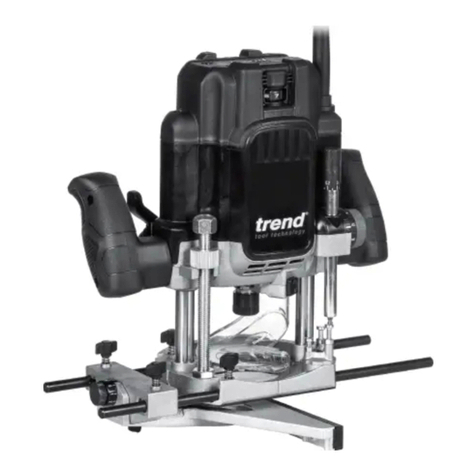
TREND
TREND T12EL User manual

TREND
TREND CRT MK2 User manual
